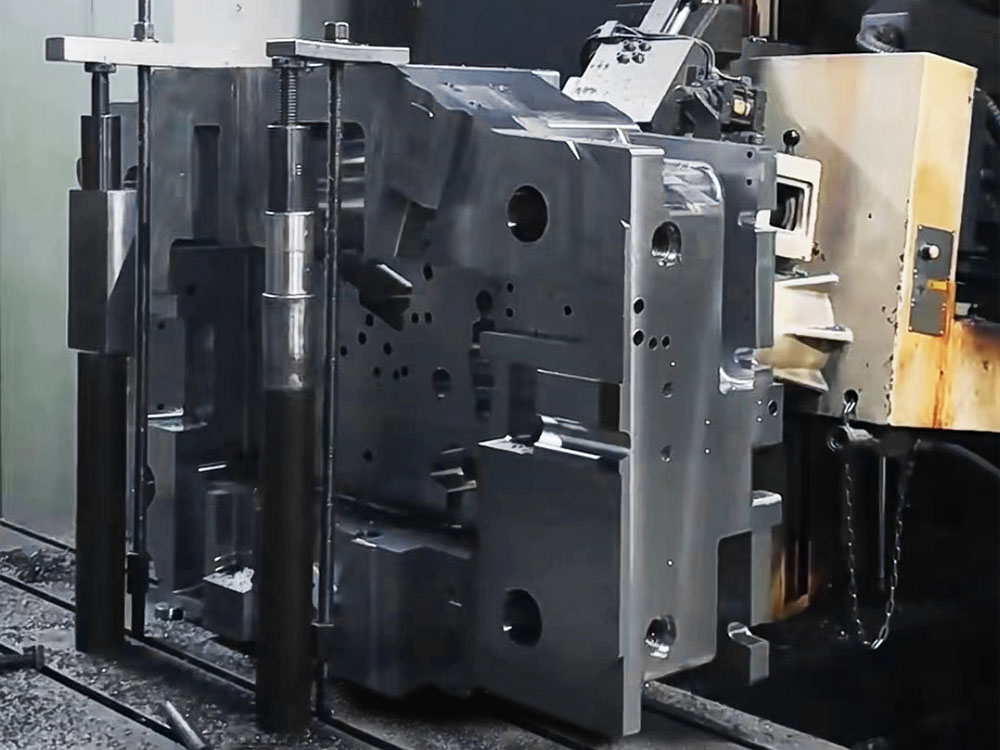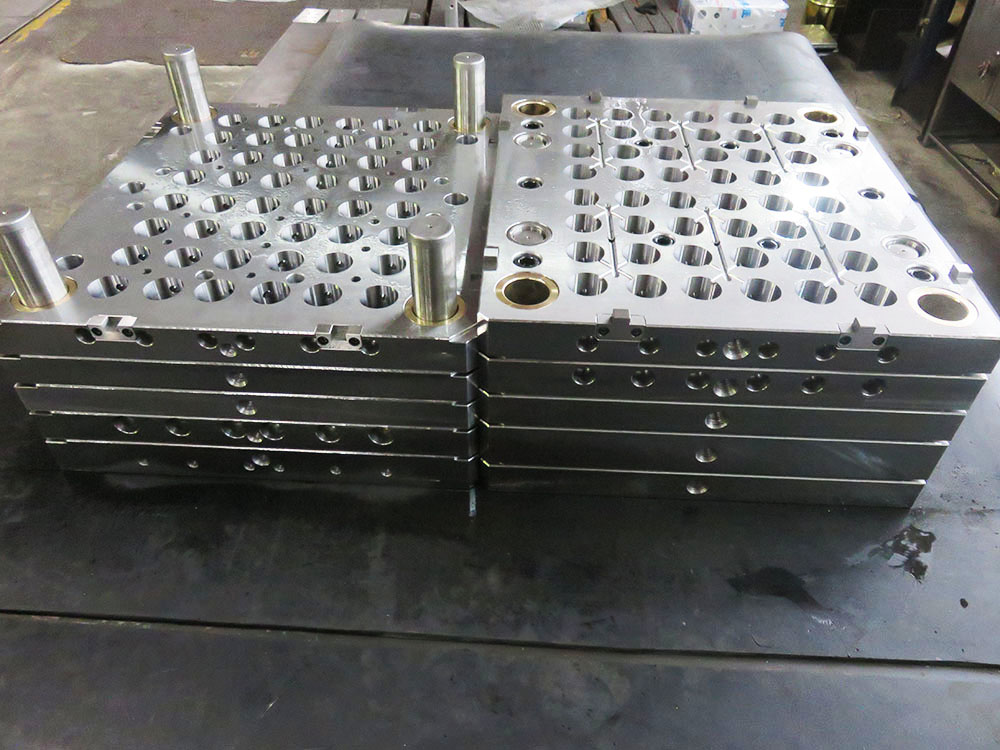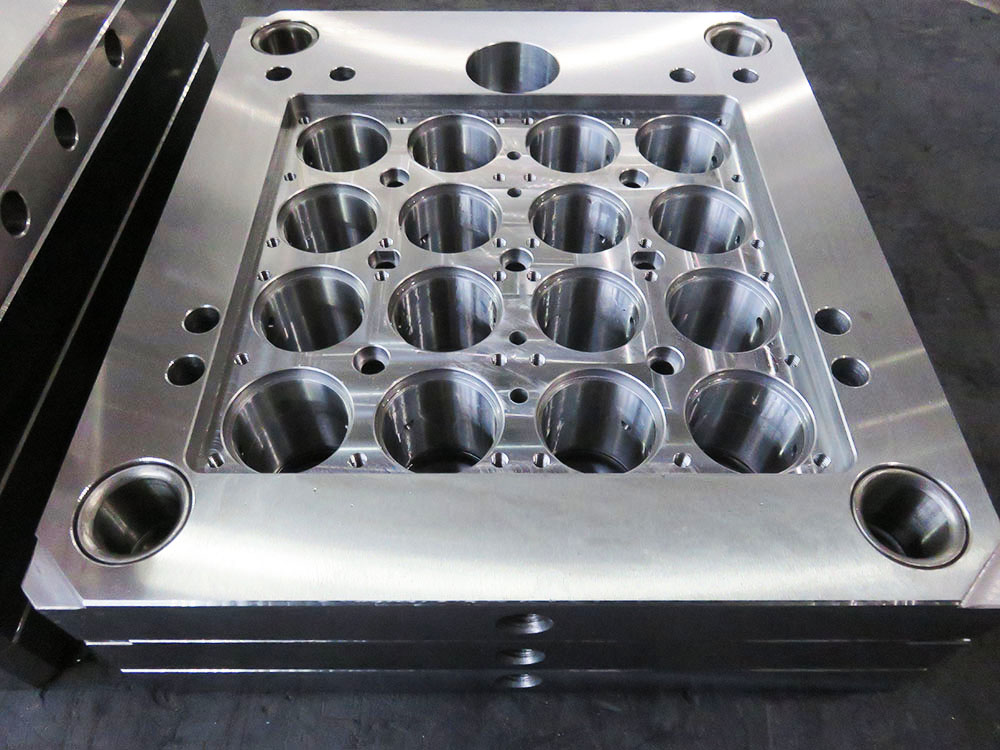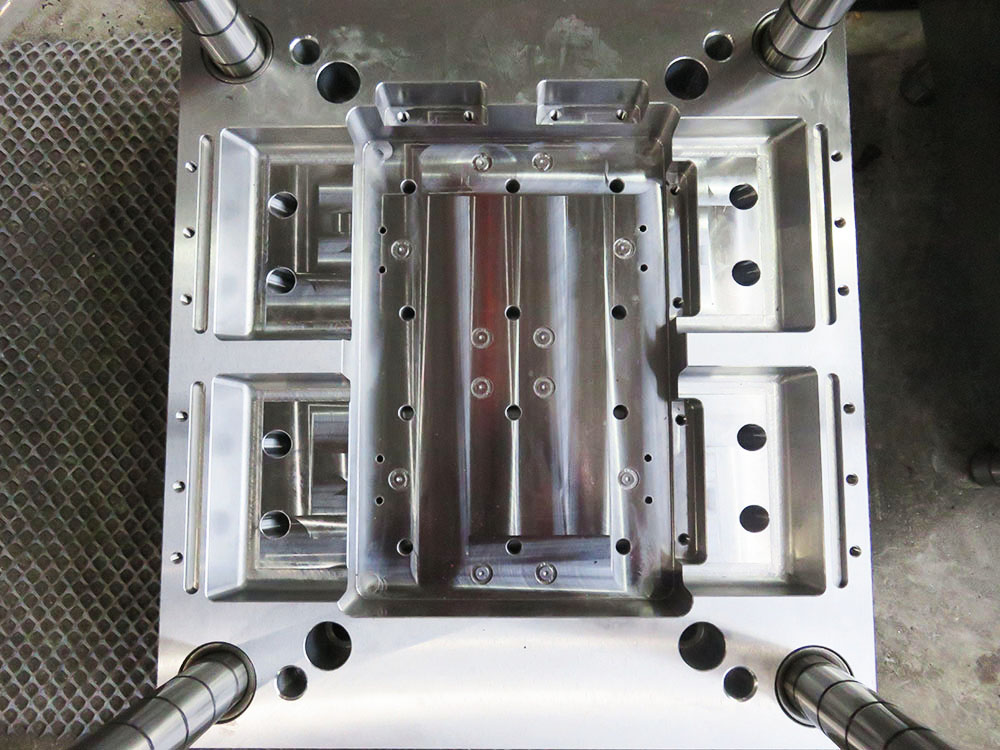Mold and die technology, a linchpin of modern manufacturing, is increasingly playing a pivotal role in automation, revolutionizing industrial production. This article delves into the innovative applications of mold and die technology in automated processes, optimizing efficiency, and enhancing productivity.
The Marriage of Mold and Die Technology with Automation
The integration of mold and die technology with automation represents a formidable synergy that promises to reshape the landscape of industrial production. Here's how:
1. Precision and Consistency
Mold and die technology is inherently geared towards precision and consistency. By automating the tooling and production processes, manufacturers can achieve remarkable uniformity in product quality. Automated systems ensure that every component, no matter the quantity, adheres to the same exacting specifications.
2. High-Speed Production
Automation, when coupled with mold and die technology, unleashes the potential for high-speed production. Machines equipped with molds and dies can work tirelessly and consistently, significantly increasing production rates and meeting demand surges efficiently.
3. Reduced Labor Dependency
By automating tasks that would traditionally require extensive human intervention, manufacturers can reduce labor dependency. This not only minimizes the risk of human error but also results in cost savings. Skilled workers can be redirected to more strategic roles within the production line.
4. Error Reduction
Automation, in conjunction with mold and die technology, minimizes the likelihood of errors in production. Complex machining operations, intricate tool setups, and precise material handling are executed with unwavering accuracy, minimizing defects and rework.
Applications Across Industries
Mold and die technology, empowered by automation, finds applications across a diverse range of industries:
1. Automotive
In the automotive sector, molds and dies are instrumental in producing engine components, body panels, and precision parts. Automation streamlines the manufacturing of these critical components, ensuring consistency and reliability.
2. Consumer Goods
From plastic containers to electronics, the consumer goods industry leverages automation and molds to maintain product quality, accelerate production, and meet market demands efficiently.
3. Aerospace
High-precision components in the aerospace industry depend on molds and dies, where automation aids in producing intricate and safety-critical parts with unmatched precision.
4. Medical Devices
Molds and dies play a crucial role in manufacturing medical devices and instruments. Automation ensures the stringent quality and precision required for patient safety.
5. Electronics
The electronics industry relies on molds and dies to fabricate circuit boards and electronic components. Automation enhances consistency, reliability, and production efficiency.
6. Custom Manufacturing
Custom and prototype manufacturing across various fields benefit from automation-powered mold and die technology. It allows for rapid tooling changes and the efficient production of unique components.
Conclusion
Mold and die technology, in tandem with automation, is revolutionizing industrial production by offering precision, consistency, speed, and reduced labor dependency. Its applications span across a multitude of industries, enabling manufacturers to meet stringent quality standards while optimizing efficiency. In a world where streamlined production and precision are prerequisites for success, the fusion of mold and die technology with automation stands as a testament to human ingenuity, propelling industrial production towards a future of enhanced efficiency and reliability.




